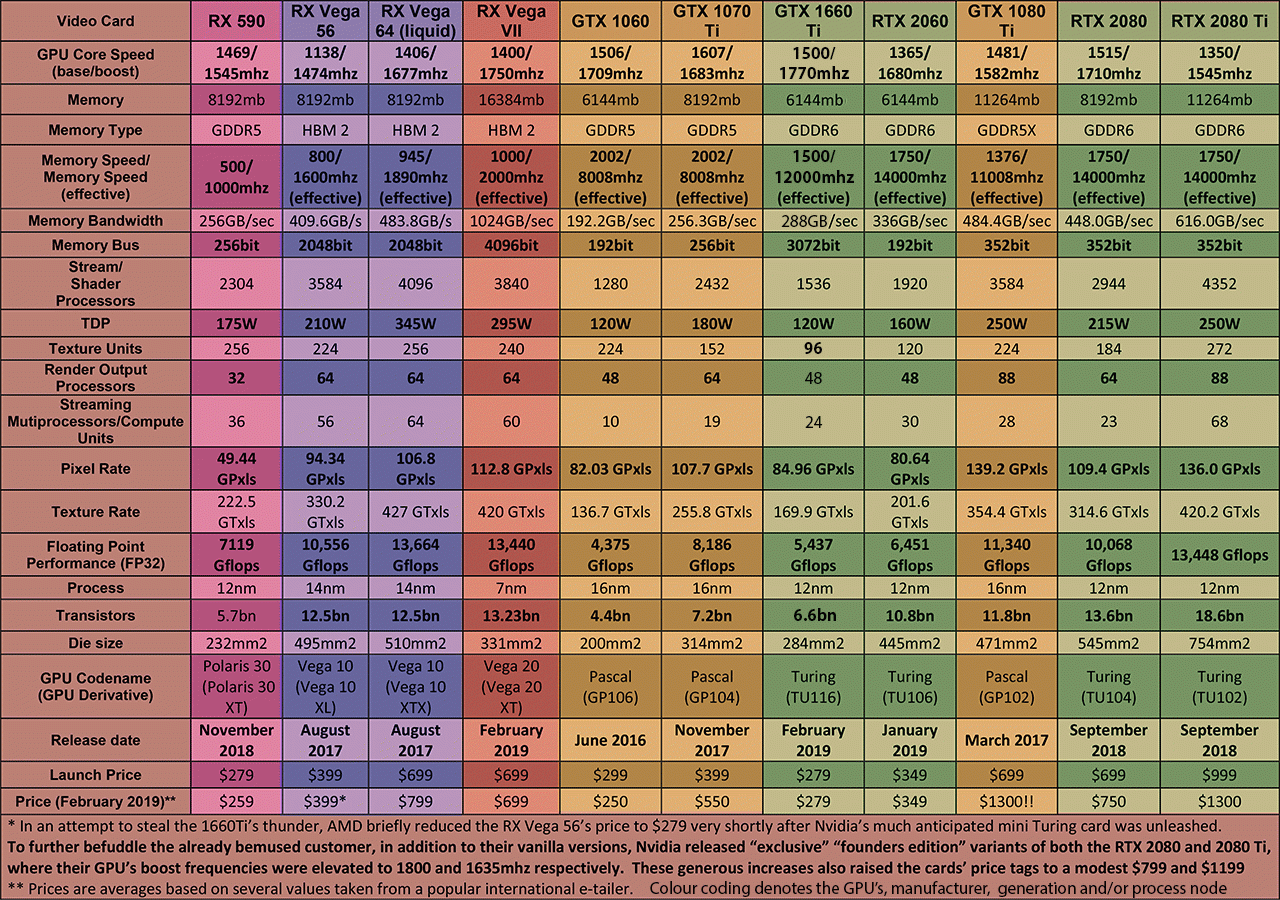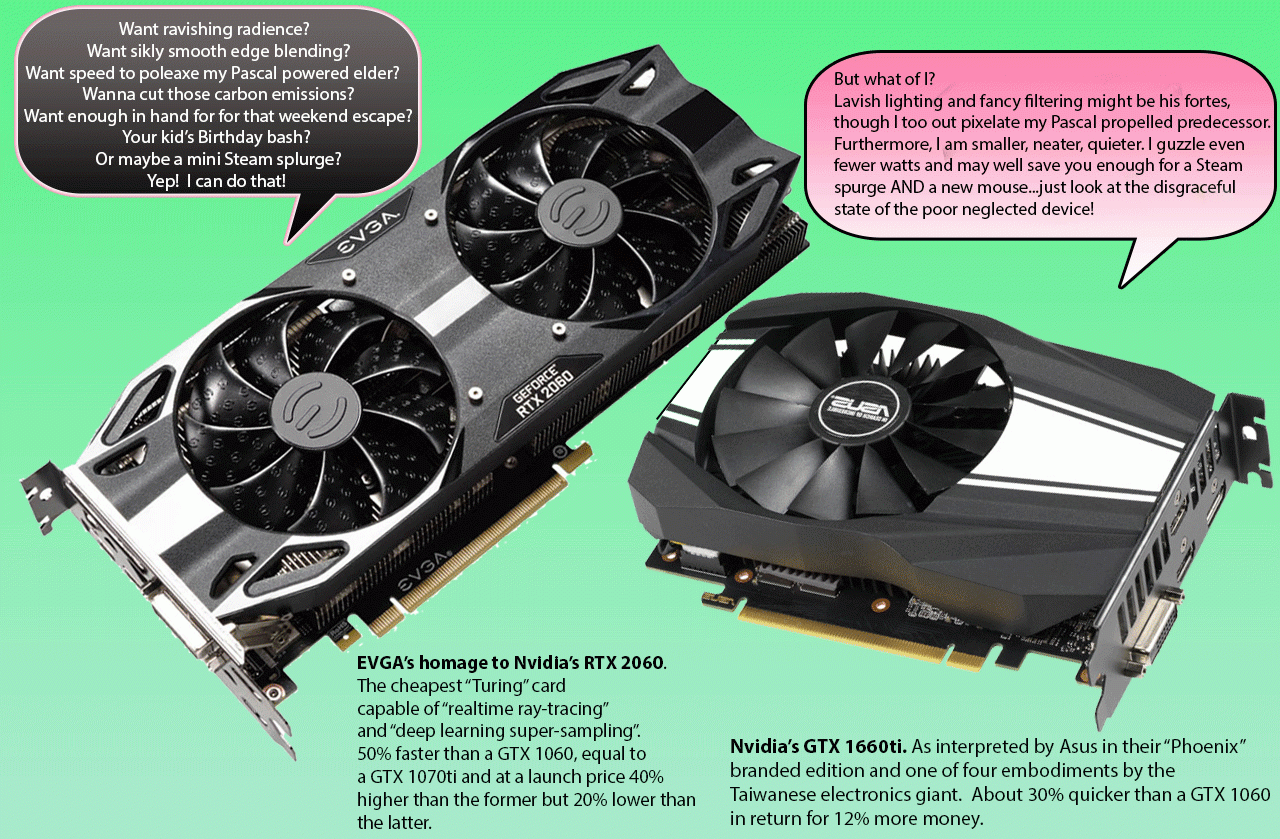The Little Card that Could
Any thrifty consumer worth their weight in loose change will be familiar with “the smart purchase”. The term does not relate to donning a tailored tuxedo before venturing into a local branch of somewhere that has survived the tsunami of online retail and flourishing a fashionable wallet crammed with non-cypto currency in front of an eager proprietor. That would be the “vulgar purchase”. Rather, it refers to a particular product, most often one of several designed to fulfil the same function, that provides both features and levels of performance comparable to those of its rivals, but at a price that would evoke intense envy from buyers who’d forked out for the crown jewel and fallen foul of diminishing returns. Take for instance this diminutive delight.
The iPhones SE, a small smart phone that served a sizeable user-base by incorporating nearly every key asset of its larger and dearer siblings, whilst leaving enough in hand to promptly splurge on an AppleCare plan. I myself owned one, a tactical “side-grade” from a 6s Plus after the latter failed to survive my Miele WT2780’s gentle rinse and spin cycle. Yes, I was so careless as to actually benefit from an Applecare plan and yes, had a silver-tongued sales rep not persuaded me that I was the sort of person stupid enough to forget to double check the left-rear pocket of their cycling jersey, I would likely have remembered to double check the left-rear pocket of my cycling jersey and observed a bulge the size and shape of a vintage Appletons Handbook. It mattered not, for the neater SE proved the perfect successor and on mild February Morning in 2019, there remained a scattering of old stock available at tantalizing discounts.
It was the last iPhone to accommodate wired headphones without the need for a cumbersome appendage. An invaluable fallback after my fourth pair of warrantied PowerBeats Earbuds, guaranteed to resist sweat and water, failed due to sweat and water corrosion. It could be piloted by an owner whose dainty digits would have struggled to negotiate the girth of a phablet. It could be paired with an Apple Watch from the fourth and, as of writing, most acclaimed generation. Finally, every photograph and video documented by its 12 megapixel camera replicated the resolution and quality of those captured by its bulkier brothers. To summarise, it epitomized the phrase “smart purchase”, it was the little phone that could and as each subsequent Apple product launch drifted by, millions of canny customers patiently awaited its spiritual successor only to be rewarded with a litany of transient gimmicks, every one of them too big, impractical and prohibitively expensive. Indeed, Apple’s steadily steepening prices eventually rendered the very notion a shrewd investment extinct, unless the purchaser was willing to risk ridicule from his “trend” addled contemporaries, and settle for last year’s model at a relative bargain!
When Nvidia’s head honcho Jensen Huang opened the keynote promoting his Master’s revolutionary Turing fabrication with the words “You’re going to be surprised”, toughened texture addicts who’d seen beyond a tsunami of turgid speculation were swift to draw several conclusions.
1). They weren’t going to be surprised.
2). The Greedy Green Giant would likely seduce the profligate enthusiast before the frugal veteran.
Such predictions stemmed from an extensive pattern of past practice. Over two years earlier, Nvidia had unveiled the inaugural “consumer grade” incarnation of Turing’s venerable predecessor, Pascal, in the form of the GTX 1080. A year prior to that it had been the turn of Maxwell, as made manifest by the GTX 980. Both of these had been premium products commanding bounties of $499 and $549 respectively, but each had been announced alongside an strategically abridged alternative priced to reflect its inferiority. Chronologically, these were embodied by the GTX 970 and 1070, though in the former case, thrifty pixel junkies had been able to partake in the latest trend on the very same day as their extravagant associates whilst in the latter, Nvidia chose to delay releasing their cheaper option by a month, enough time to persuade a significant portion of penny pinchers to abandon both their patience and a stash of extra cash.
When the Turing materialized in the shape of the RTX 2080, this technique was repeated with a further twist, namely that the traditional top tier “Ti” branded model would arrive with e-tailers in tandem with its subtly truncated twin, a dramatic departure from clans Maxwell and Pascal, whose “premium” and “flagship” variants were separated by a period of 10 months. In essence, the Emerald entity was screaming,R
“Hark, Cuda Comrades! Why not seize the chance to own the better or the best, rather than settle for the good?”
When combined with crippling price rises and an enlightening showcase of Turing’s vaunted party price, Real-time Ray-tracing, it became vividly event that Nvidia was pitching to an impressionable fraternity of aspiring enthusiasts in order to maximiz e their profit from the initial wave of purchases.
Those enchanted by a farrago of pre-baked imagery punctuated by Mr. Haung’s visionary preaching and garish power-point theatrics were persuaded that the additional investment would yield worthy and lasting value. The super-savvy however, refused to be beguiled by a torrent of suspiciously skewed reviews and an influx of rushed benchmarks conducted by supposedly “impartial” product influencers, many far more concerned with being the first to publish their findings than over the accuracy or value of the accompanying data. To these toughened cynics, Nvidia was saying,
“Hark! Cuda comrades, why not seize the chance to pay 60% or 70% more than you did last time for an equivalent upgrade but gain only 30% in speed overall and please, just trust our driver developers to liaise closely with game coders on titles yet to be released to ensure that this advantage will increase by virtue of ground-braking technology we’re yet to fully optimize.”
And this cynical bunch weren’t buying it. Indeed, the sequences devised to illustrate Ray-tracing’s reflective aesthetics proved unremarkable enough to precipitate a onslaught negative publicity. When observed in parallel with scenes rendered using traditional lighting techniques, even through jade tinted spectacles, discrepancies were frequently less conspicuous than a gnat’s silhouette. Controversy also enveloped Turing’s secondary USP, deep learning super sampling, which purportedly harnessed the GPU’s “tensor cores” to intelligently analyse specific images within a given scene and apply anti-aliasing only to those elements which required it, thereby suppressing jagged edges, enhancing visual quality and delivering frame rates that exceeded those attainable using existing anti-aliasing techniques and moreover, at a lesser cost to clarity.
There were two caveats. Firstly, the feature’s effectiveness depended on Nvidia establishing a consistent and constructive line of communication with numerous third parties’ who in return needed to impart crucial data to allow optimal implementation of the algorithm and second, the filtering process was executed at a resolution lower than the one specified within the supporting application, and subsequently up-scaled to match it.
When gaming at 2160p (4k) the user was in fact viewing re-sampled 1440p images whilst at QHD (1440p) , the procedure was carried out at 1080p. This lead to claims that cosmetics were being surreptitiously sacrificed to achieve aggressively publicized performance gains and before long, several established tech sites tested this theory by running benchmarks which supported the function and comparing a variety of native, non-scaled and manually up-scaled images adorned with conventional forms of anti-aliasing to their reconstituted counterparts with DLSS applied. Their aim was to realize an equivalence of quality and velocity which, in the majority of scenarios, proved impossible, thereby substantiating Nvidia’s original claims, though a significant number of steadfast critics continued to bulk and the relative expense of what boiled down to two nascent assets that even their designer could not guarantee would become industry standards.
What would pry them from the fence was an upgrade that honoured their existing investments. Astute and fruitful investments that had faithfully served their desires by transforming long bleak winter nights into fleeting feasts of illuminating entertainment. Streamed dozens of suspenseful unboxings, ardours system builds, or bitterly charged rants to an exclusively agreeable audience before tackling the most rigorous triple A titles and rendering skies, cities, fields and forests embellished with spectacular effects at a fidelity far beyond their alleged potential, along with slews of swords, spells and bullets at speeds responsive enough for a bewitched player to dodge, despite most failing in a fit of infernal rage. All with a blissfully hushed finesse and expending as little as half the energy of their amp munching superiors.
Such seasoned hardware hobbiests required a solution that allowed them to fawn over their clinically efficient part-picking with fellow armchair accountants and point the finger of smug wisdom at the financially destitute early adopter.
Within the first two months of 2019, their prayers were answered…by two little cards that could. Though many ridiculed the 2060’s meagre memory reserves and asserted its limited quota of RTX cores would reduce Direct X 12 enriched 4k to a slide show and render ray-tracing as rewarding as riding a Harley Davidson fitted with a Sinclair C5’s engine, this plucky polygon shifter breached the “acceptable minimum” of 30fps at Ultra HD in almost every contemporary title and only faltered beneath it when simultaneously tasked with Ray-tracing, which was handled more than adequately at 1440p and below.
Though priced at $349, roughly 40% higher than the card it superseded, the RTX 2060 still offered beefier bang for the buck than its Pascal endowed elder, with an overall advantage a shade shy of 60% and for those who protested at the extra 100 greenbacks or had little care to stand and stare at ravishing reflections, there was soon solace by way of the curiously christened GTX 1660ti, which sold for just thirty more of George Washington’s finest at $279, a mere 12% levy over the 1060, but elevated performance by approximately 35%. By opting for either of these slimmed down super-charged siblings, it was impossible not to make a “smart purchase”.






